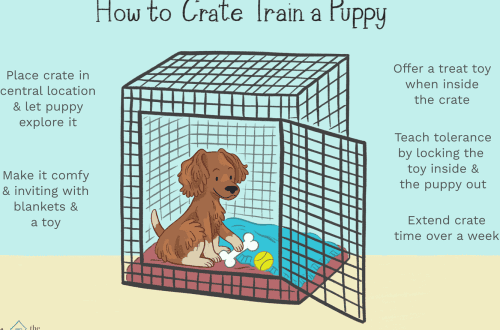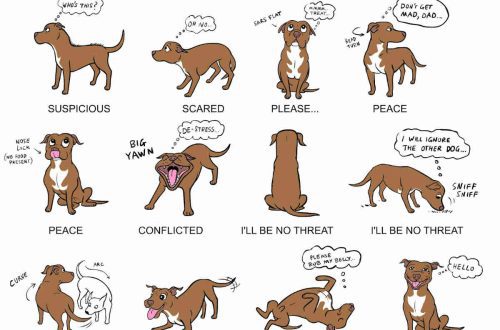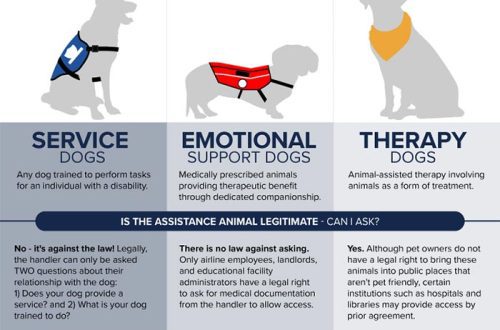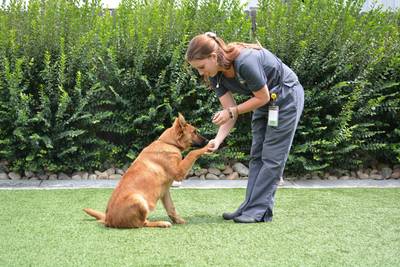
Dog training by cynologist
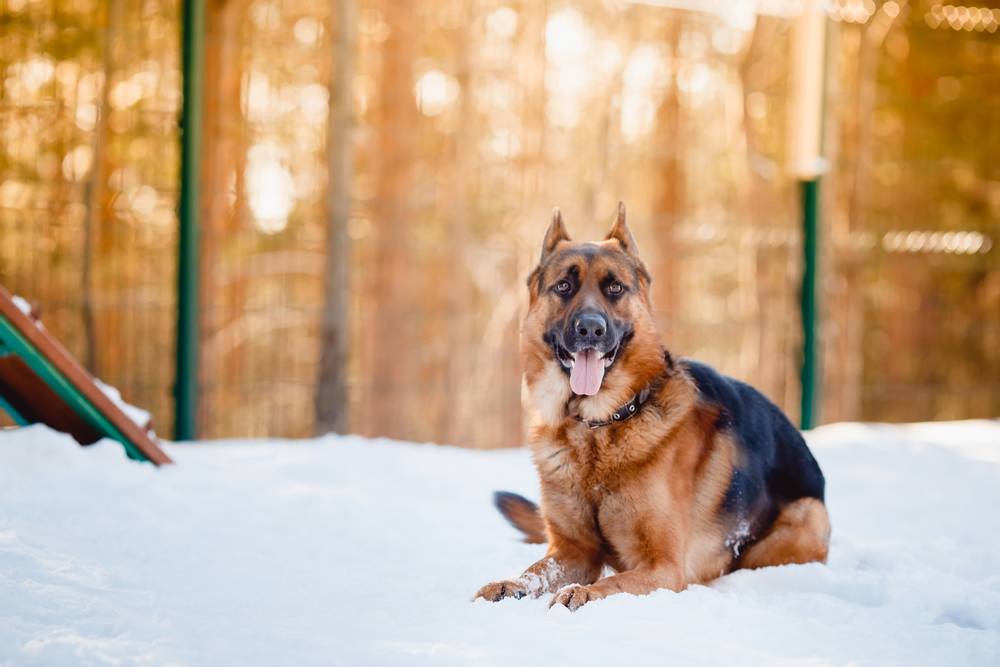
Many owners, turning to a specialist in the field of cynology, expect that he will correct the behavior of the dog and the pet will immediately become obedient. However, in reality this does not happen quite so. Dog training by a cynologist, first of all, involves active work with the owner of the dog. A competent specialist teaches owners how to understand the animal, how to find an approach to it and how to teach it to obey. This is an important stage in which a specialist and his qualifications play a key role, so you need to know how to choose a cynologist so as not to regret wasted money and time.
Most often, dog training specialists are chosen on the Internet or contacted by recommendation. But it is better to seek help from a nursery or breeders of the breed: they must have contacts of trusted specialists. You can also inquire at the veterinary clinic or consult with acquaintances and friends. If such a search did not bring results, you can find a specialist on the Internet.
What to look for when choosing a cynologist:
Education Pay attention to the courses that the specialist took, for the presence of a veterinary education. Of course, this does not guarantee his high qualifications, but it will still be a good help when choosing.
Reviews Recommendations and reviews are one of the best indicators of a cynologist’s work, especially if they contain photos of owners and their pets. A good specialist may also invite you to one of his classes with other clients so that you can evaluate his methods of work.
Communication style and work style Already at the first lesson, the cynologist can tell you about the nature of your pet, about what methods of education and training will suit him. Do not be afraid to ask questions, keep track of how detailed and accessible the dog handler tells you about the work. The abundance of professional vocabulary and complex terms that a specialist does not seek to explain can hardly characterize him from the best side.
The result of training At the first communication with a specialist, it is important to tell him about your expectations, about what result you want to see after the end of the class. This can be preparation for the exhibition, and agility training, and, for example, the development of watchdog and security skills in a pet.
Together with the owner, the dog handler will determine the optimal frequency of classes and their duration. The owner requires attention and regular attendance at training.
Types of training
Training begins already from the first lesson, when the specialist gets acquainted with the animal, analyzes its behavior, character traits, and relationships with the owner.
The classic version of training is individual lessons. As a rule, training takes place during a walk with a pet and lasts from half an hour to an hour and a half with a break.
Another option is training in a group with other dogs. Training of this type is good for the high socialization of the pet. In addition, the dog learns to concentrate and listen to the owner, despite the large number of distractions.
Today, another format of classes is gaining more and more popularity – dog training with overexposure at the cynologist. It involves the pet living next to the cynologist for some time. As a rule, this period is approximately 1 month. This type of training is suitable for people who do not have time for training with a specialist, although even in the case of training with overexposure, part of the training is still with the owner. It is also a convenient option for vacations or long business trips when you cannot take your pet with you.
Training a dog by a cynologist is an interesting and exciting activity, the main thing is to choose a good specialist. As a rule, already at the third training session with an experienced dog handler, the dog can show progress in behavior and obedience. If you are not sure about the chosen specialist, feel free to interrupt the classes. The health of the dog, including mental health, is the responsibility of the owner.
18 September 2017
Updated: October 5, 2018



